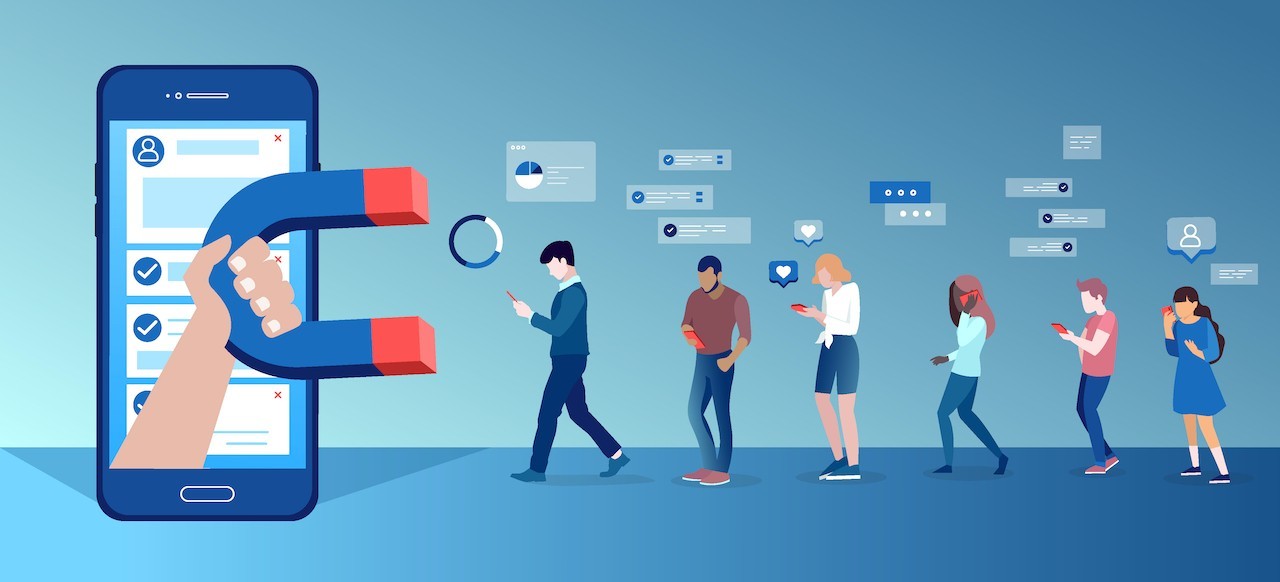Technology is now the cornerstone of our society and even our world. As it advances at alarming rates, new systems, platforms and tools are being adopted across a wide variety of industries. You’ve likely heard much of this before because a lot of current discussions center on the disruptive technologies that are taking hold in the current landscape.
The retail industry is certainly no exception, with many innovative solutions and platforms taking center stage. The question is not whether or not technologies are reinventing retail — spoiler alert, they are — but instead what they will lead to in the future.
The following are just some of the technologies responsible for the evolution of retail.
Augmented and Virtual Reality
AR and VR technologies offer in-store and at-home experiences that will shape the future of retail. For conventional brick-and-mortar businesses, the technology can convey unique experiences to customers — such as what it might be like to interact with a certain product or service. The same can be done for online and mobile businesses, especially since customers do not have physical access to inventories.
VR can also be used to create a more immersive marketing campaign, one that envelopes the customer in promotional environments. For example, a house transformed by DIY tile or wood projects could be experienced in virtual reality. It’s the same concept as taking a digital trip to a far-off land, only you’re experiencing the event as it pertains to a product or brand.
Closer to home, however, AR can be used to interact with a personal environment. IKEA’s Place app is an excellent example, allowing customers to see brand products and furniture in their homes before ever buying anything. They can check whether a piece of furniture fits in a room or see how it’s going to match with their decor.
Mobile Payments and Contactless Shopping
Have you ever made a purchase using Apple Pay, Samsung Pay or Google Pay? The first time you do, you understand immediately how revolutionary the technology is. Mobile and contactless payments eliminate the tedium and frustration of conventional methods. No cards or cash exchange hands. Instead, you merely tap your device to the enabled terminal or pay wirelessly when a connection is available.
It will evolve the entire checkout process, even self-checkout and automated systems. Customers can pay in seconds using many different cards, accounts and financial institutions — albeit through the same mobile app.
Big Data and Advanced Analytics
By now, organizations have amassed a nearly endless supply of digital content and information. In the right hands, it can be used to make more informed decisions, come up with new campaigns and opportunities, and improve existing customer experiences or processes.
People counting systems that are used to measure how many people enter a location or business can also provide many more insights. It’s possible to glean information about foot traffic, but also which days and hours are busier, what customers might be doing in the store, and much more.
Ultimately, it provides a growing database of insights that can be used to alter, evolve, develop or create new business opportunities.
IoT Beacons and Digital Wayfinding
IoT and Bluetooth beacons present an opportunity to serve digital content and experiences to passerby. Imagine a promotional poster that sends out mobile notifications or one that includes a Bluetooth connection to send exclusive coupons or digital content.
Digital wayfinding is similar, but it doesn’t just involve signage. It may also make use of mobile apps, indoor location services and dynamic displays. It works best in larger spaces and facilities, like an event venue or conference center. Retailers can also use the same technologies to direct customers as they want through a brick-and-mortar store or even to provide an interactive display.
Artificial Intelligence
AI and machine learning can be used for data science, automation and customer support. In many ways, the technology is more versatile than anything else on this list. Outside of retail, for instance, AI powers driverless vehicles, reporting performance data to remote systems and then carrying out the necessary action, such as braking, accelerating or changing lanes.
Machine learning can enable new decisions and actions through the analyzation of nuanced data. It’s how companies like Amazon provide incredibly accurate recommendations to their customers. Netflix uses AI to provide targeted content streams. The very same can be done in retail to create and deliver successful products or services. The resulting data can also be used to meet consumer demand on a variety of levels.
Technology Is the Way to a Bright Future
The technologies listed here — and many more — are set to transform not just the retail industry but also the world as we know it. Beyond improved customer experiences, more efficient operations and a swath of cost savings, every business stands to benefit from its adoption.



